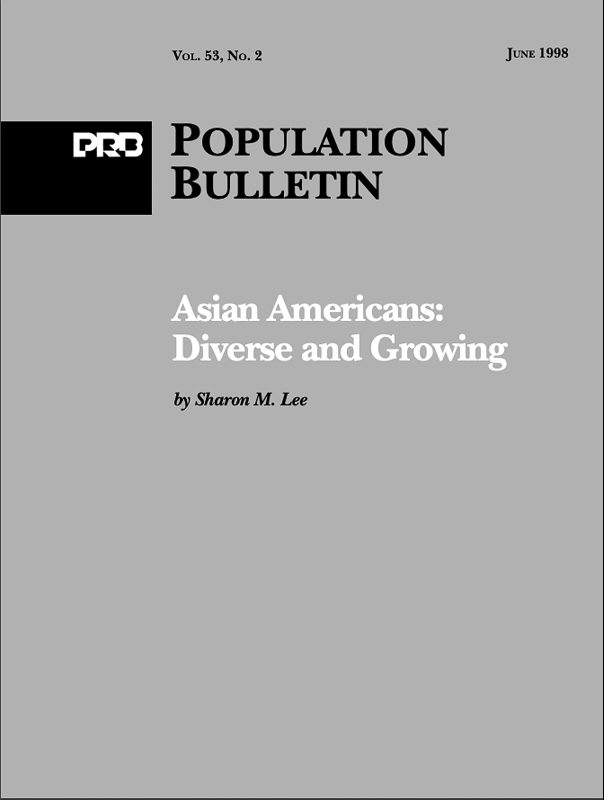The Demography of Inequality in the United States: Introduction
(2014) A convergence of demographic trends and disparities is contributing to a new economic reality for the U.S. population, characterized by higher levels of poverty and inequality.

(2014) A convergence of demographic trends and disparities is contributing to a new economic reality for the U.S. population, characterized by higher levels of poverty and inequality.
(August 2006) The chimpanzees of Gombe National Park in Kigoma Region, Tanzania, have come under increased pressure from four decades of high human population growth in the region and an associated increase in human activity and disease.
(2010) The concept of "race" has always been controversial, given ugly associations with slavery, the eugenics movement, and racism.
(2008) Baby boomers, many on the cusp of retirement, are moving out of densely populated states in favor of less populated areas, according to new data from the U.S. Census Bureau.
(February 2012) Sprawling urban areas most obviously demonstrate the environmental impact of migration. Water scarcity, pollution, and lack of adequate housing are some of the more evident impacts of urban population growth.
(2001) How can environmental problems contribute to civil unrest and violence?

Population Bulletin 53, No. 2 (1998)

(2013) Developed in 2003, the Adolescent Reproductive Health and Development (ARHD) Policy was the first in Kenya to focus on improving the reproductive health and well-being of adolescents and youth.1 Ten years since the policy was developed, Kenya has experienced much advancement and change in the social, economic, and political environment for ARHD.
(2007) Provisional results of the 2006 census in Nigeria show that Kano in the north is Nigeria's most populous state (9.4 million), followed by Lagos (9.0 million) in the south. Northern states account for 75 million people, while the southern states are home to 65 million. The total population was 140 million.